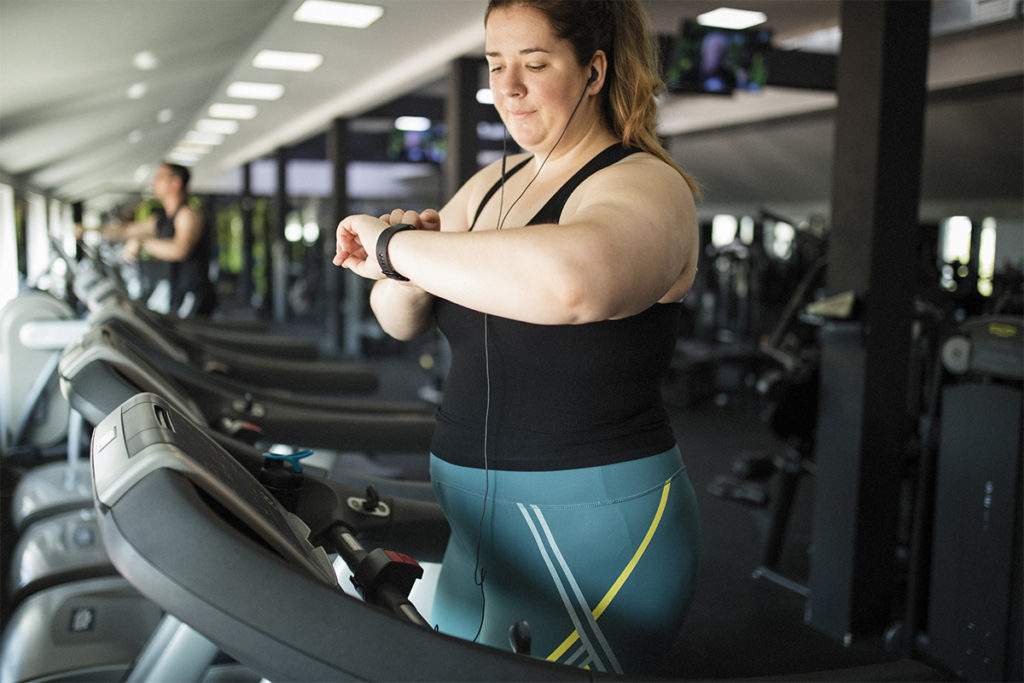Massage Ineffective for Optimal Exercise Recovery?
Many fitness professionals tout the benefits of massage to aid in exercise recovery. A study published in Medicine & Science in Sports & Exercise (2010; 42 [6], 1062–71) suggests that massage may not be as beneficial as previously thought.
Researchers from Queen’s University in Kingston, Ontario, sought to determine the effects of massage therapy on muscle blood flow and lactic-acid removal. Twelve participants performed 2 minutes of “strenuous isometric handgrip exercise at 40% maximum voluntary contraction.” The subjects then engaged in one of three recovery methods for 10 minutes: passive rest, active (continued handgrip exercise at 10% maximum voluntary contraction) and forearm massage (effleurage and petrissage). At study completion, the researchers concluded that massage had reduced muscle blood flow and lactic-acid removal. Forearm blood flow was greatest during passive recovery.
Eric Beard, MS, senior master instructor for the National Academy of Sports Medicine, is hesitant to dismiss massage. He questions the researchers’ massage and active-recovery techniques and considers the study findings too limited to offer definitive evidence. “Taking only one piece of information can be an ineffective way to understand something as complex as the human body,” adds Beard. “However, it may just lend itself to supporting an integrated approach to recovery—one that addresses light cardio or movement of major muscle groups in an upright/bipedal position, massage therapy techniques and static stretching.”
Ryan Halvorson
Ryan Halvorson is an award-winning writer and editor, and IDEA's director of event programming.






